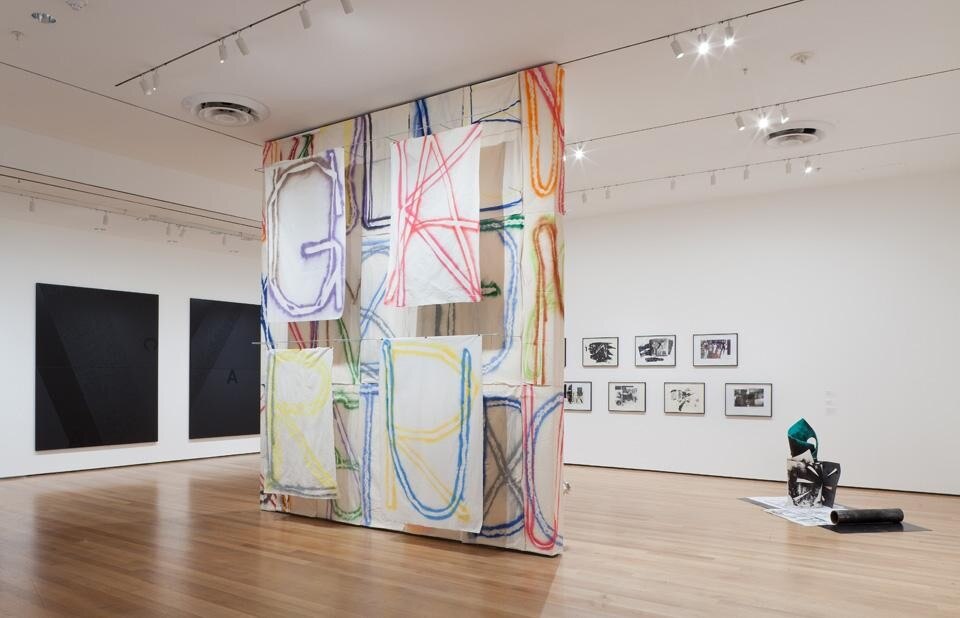The poster Zang! Tumb Tumb (If You Want It) by Dutch provocateurs Experimental Jetset characterizes the internal conflict intrinsic to much of this work. A riff on John Lennon and Yoko Ono's 1970 War Is Over poster, it upends the original intention by substituting the chaotic voice of F. T. Marinetti — whose novel, Zang Tumb Tumb (1914) is the account of a battle in which he fought as a Futurist-soldier: "We will glorify war, the world's only hygiene — militarism, patriotism, and the destructive gesture of freedom-bringers…" Experimental Jetset's poster, populating the large anti-war type of John Lennon and Yoko Ono's poster with a clashing message, is, in a sense, what linguists call a "snowclone" — a phrase-template in which the meaningful elements can be filled with analogous ones, but whose gestural meaning and grammatic structure remains the same. (The name comes from the journalist's cliché "if Eskimos have 50 words for 'snow', x must have n words for y." And much of the art in this section posits objects or ends that are within reach — "If You Want It" — as if being "in reach" is merely a matter of saying so.)
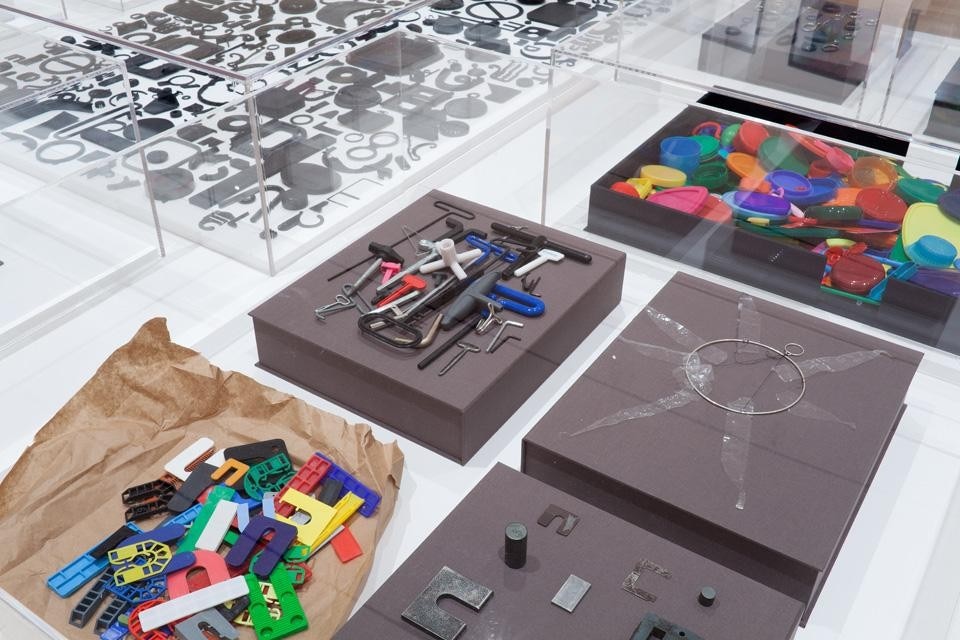
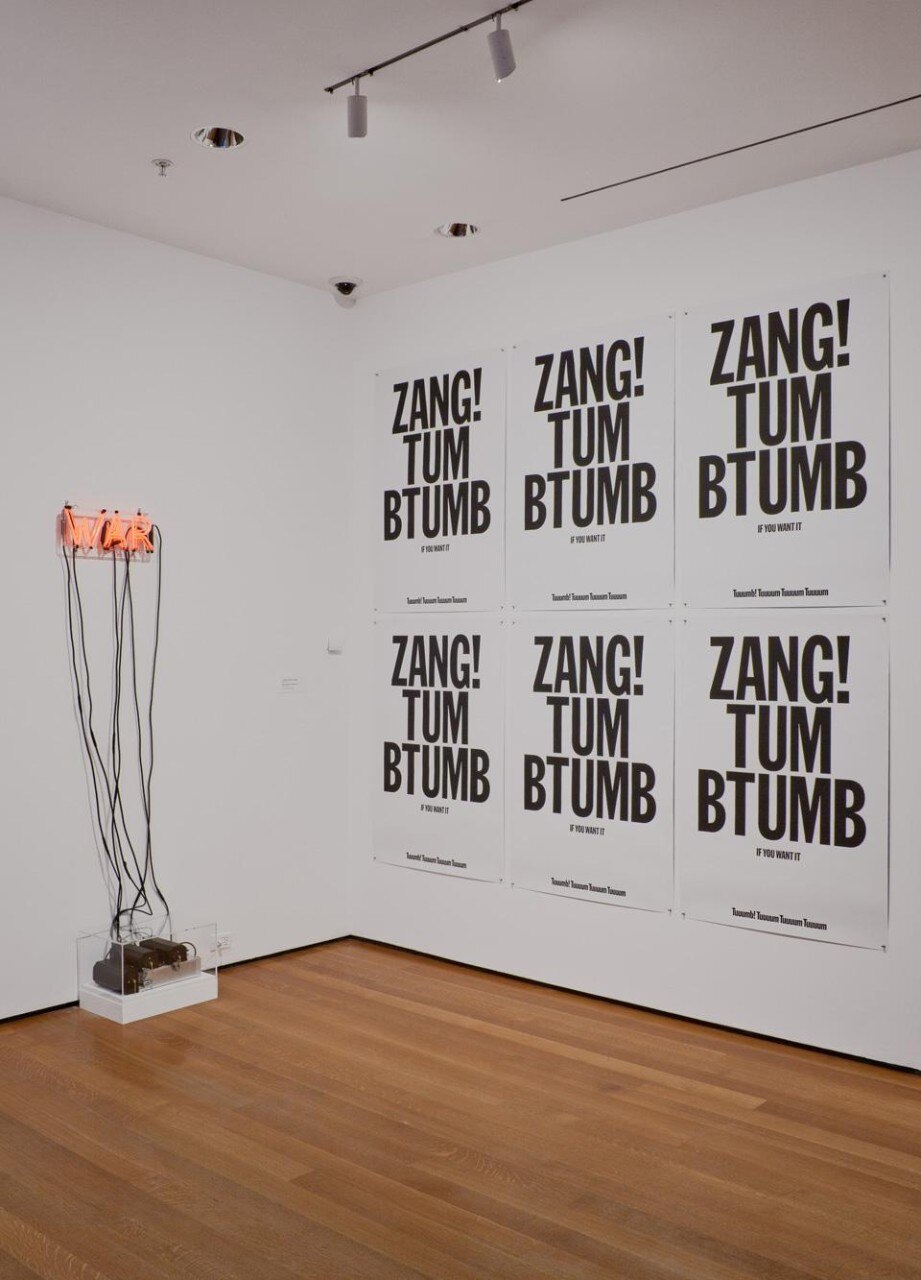
The great malleability of the word — its "arbitrariness" as Saussure saw it — makes it a powerful device to twist, distort, rearrange, and otherwise challenge its comprehensibility without undermining the connection altogether
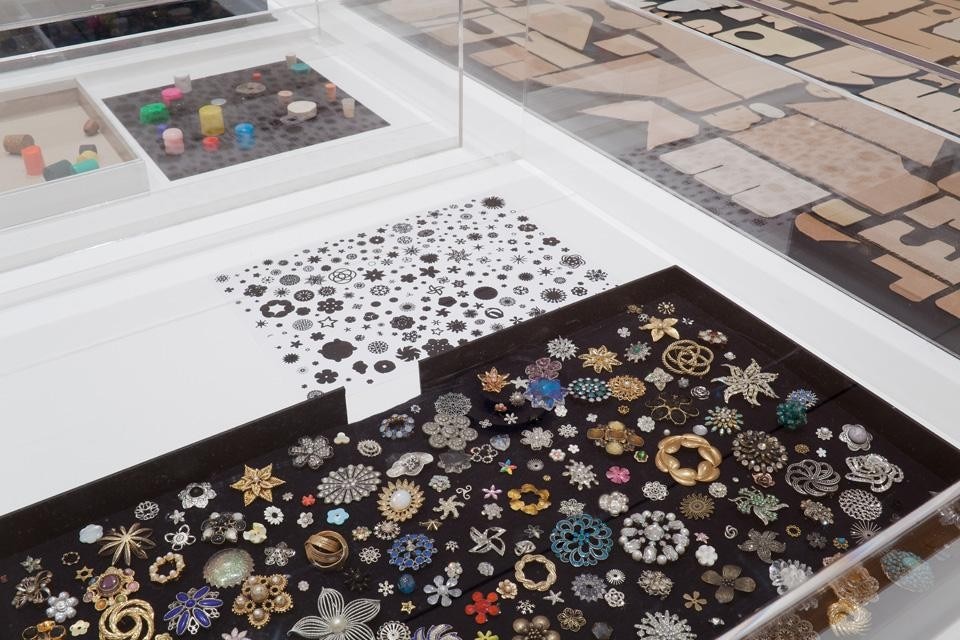
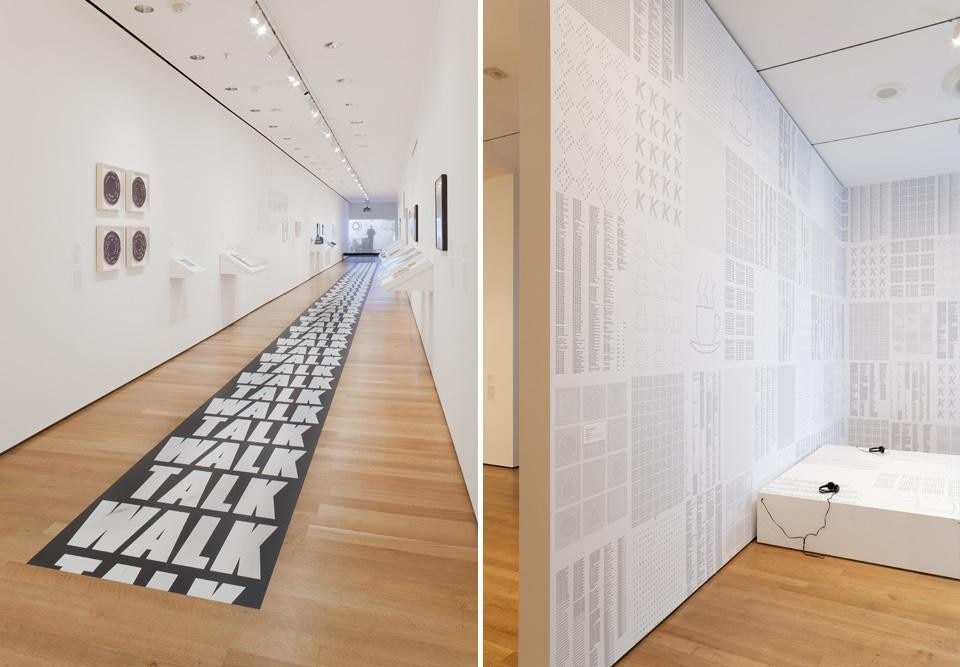
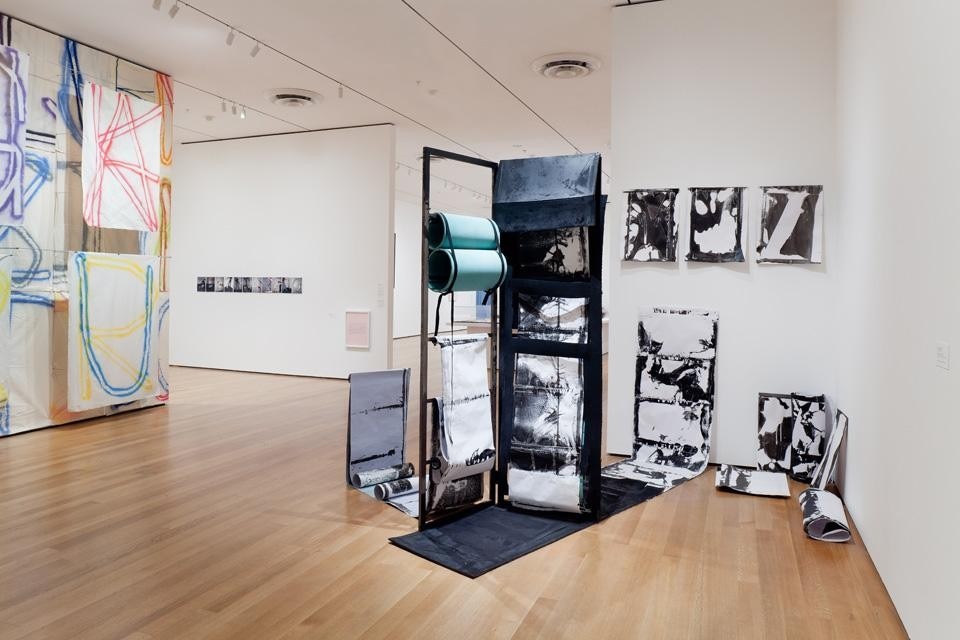
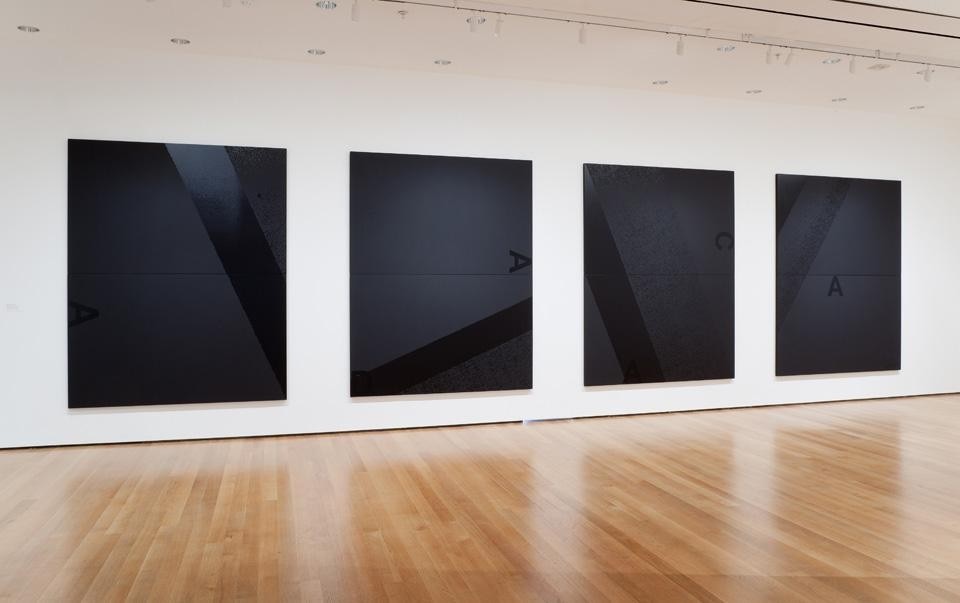
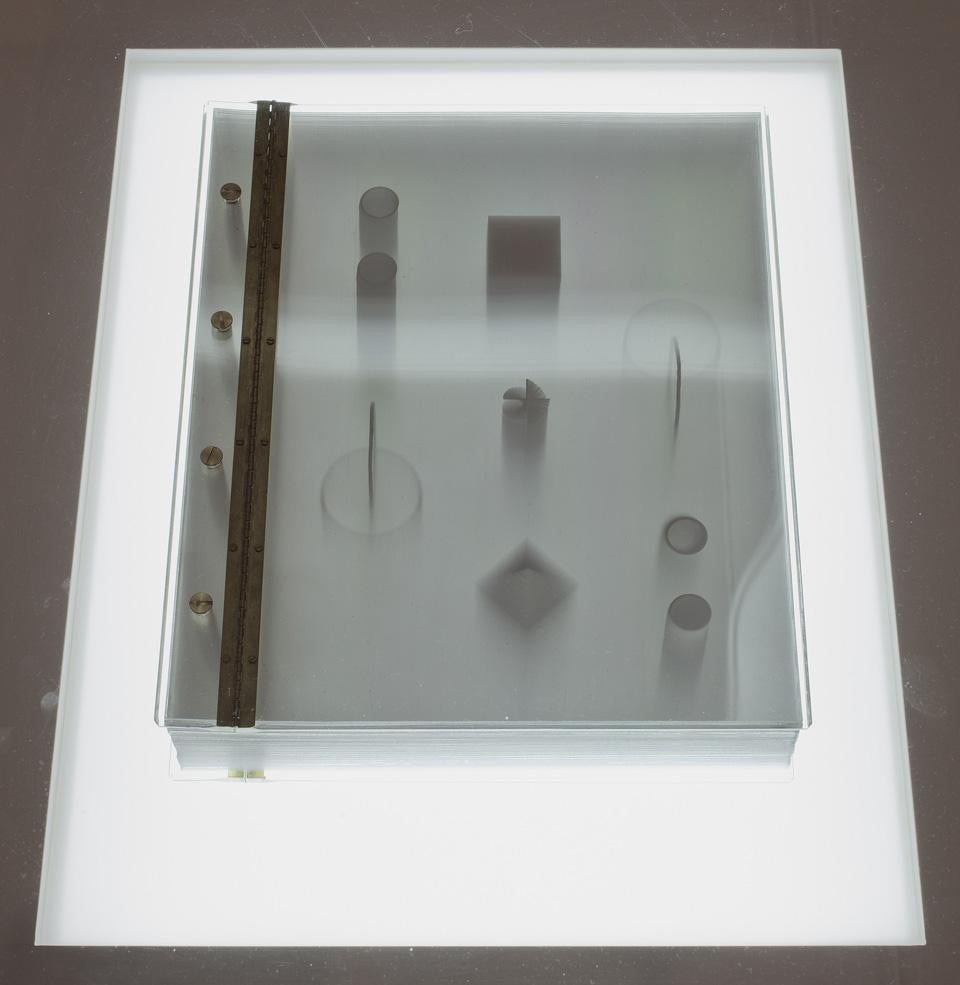
Ecstatic Alphabets/Heaps of Language
MoMA
New York


